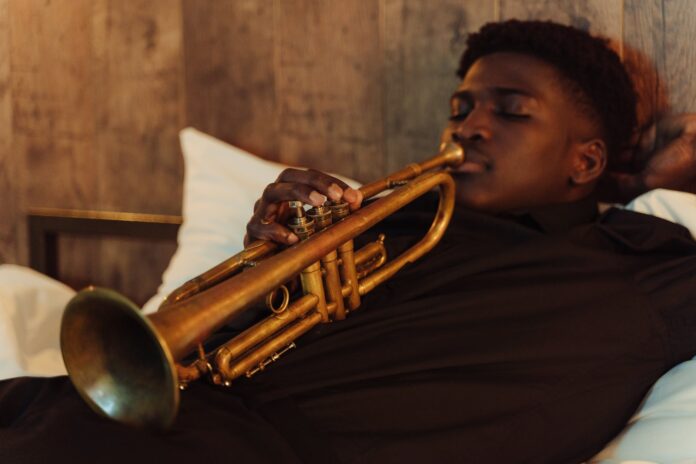
Learning how to play brass instruments is not an activity for the weak, but it sure is fun! Many people think playing French horns or trumpets is almost the same as playing the average flute, though that is not the case.
You will require a lot of skills, such as using the correct embouchure to create certain tunes. If you haven’t heard of the word before, don’t worry! Embouchure is the contorting of facial muscles and lips while playing different wind instruments.
No matter what brass instrument you decide to play, learning the correct embouchure technique is essential to play your labrophones up to their full potential. Continue reading to learn more about using embouchure every time you play brass instruments successfully.
What do you mean by embouchures for brass instruments?
The common meaning of embouchure in French is mouth and the way your mouth and lips come together to play the brass instruments. Embouchure helps you to produce musical sounds without putting any stress on your mouth muscles. If you are learning to play brass musical instruments, then it is necessary for you to develop your lips and facial muscles by practicing daily.
However, in case you are trying to play a brass instrument without correct embouchure, then this can create certain issues such as incorrect or different breathing patterns, strain on diaphragm, etc. That is why it is really important to learn how to coordinate lips and facial muscles to avoid such problems.
How Often Should You Practice?
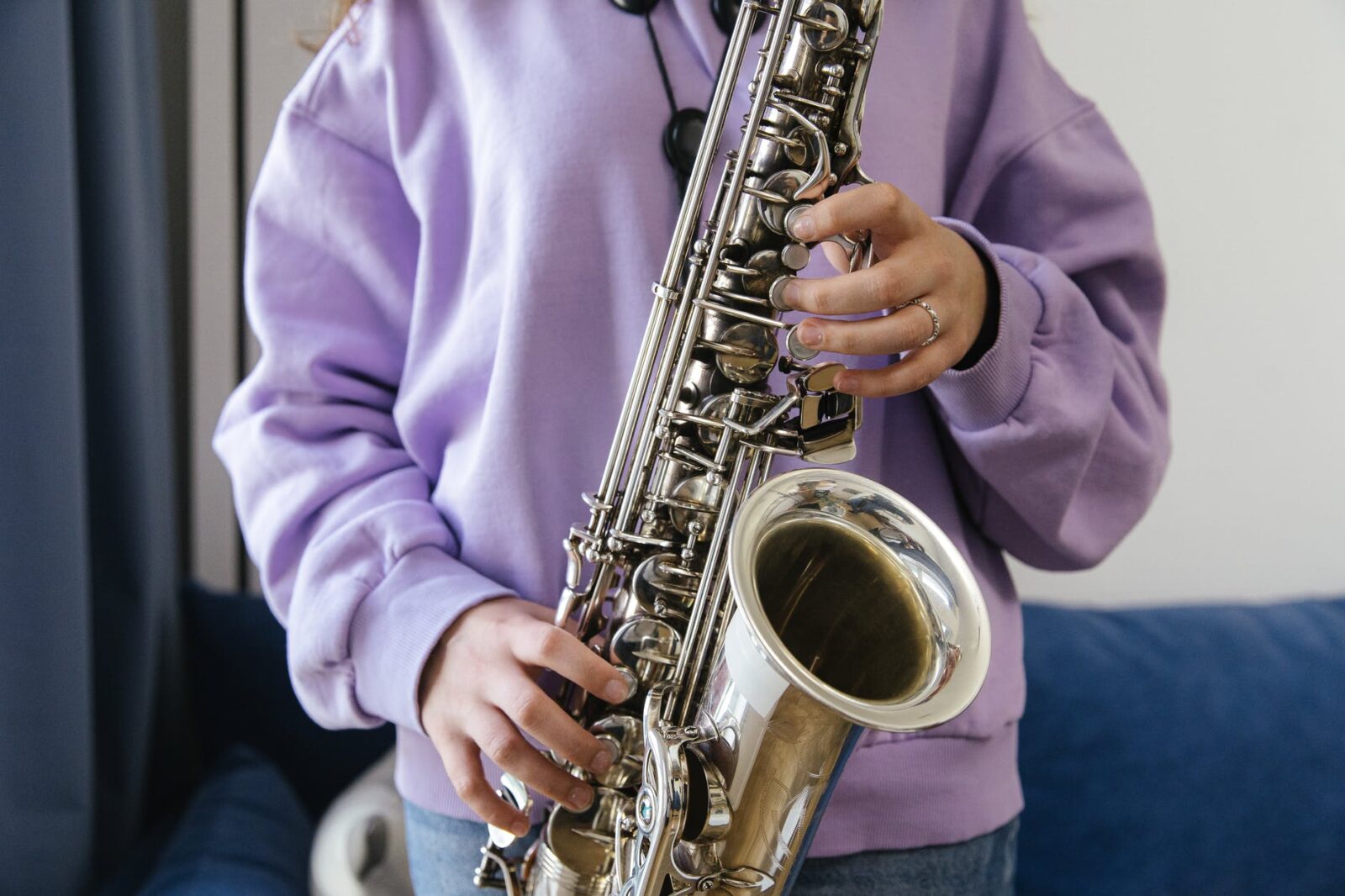
Much like the rest of the muscles in your body, you need to exercise them regularly to make sure they get stronger. However, it is essential to allow your body to rest and take a break to avoid overexerting your body, as it could lead to injury.
Starting slow is always the way to go, so you can try working your muscles 5-10 minutes a day and then go up to an hour once you start to feel your body getting stronger. Once you get to a time duration that works for you, make a proper schedule you can follow to make sure you practice and work your muscles consistently.
How to Make Sure Your Placement is Correct
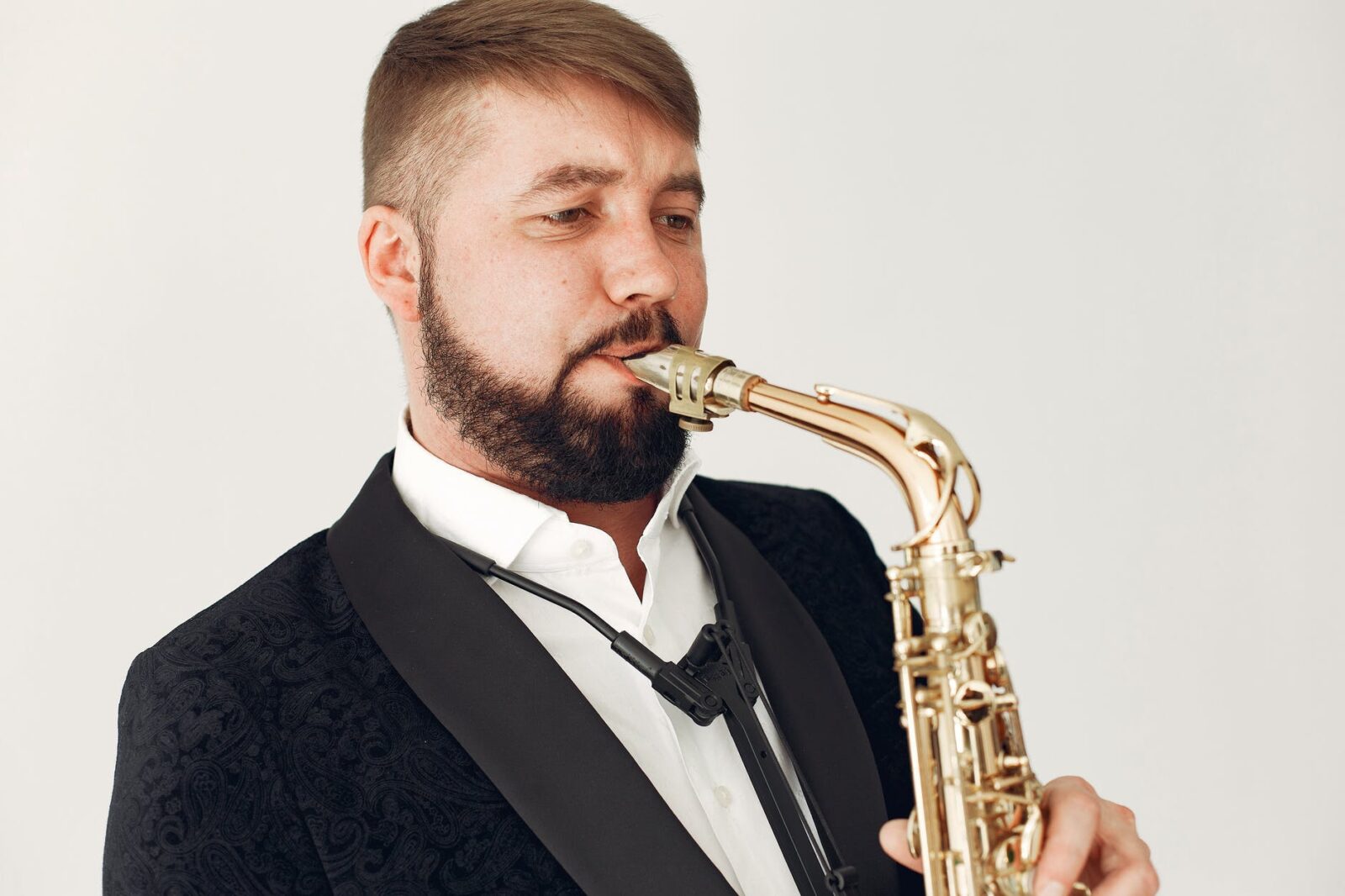
Mouth Placement
Many musicians check their mouth placement by aligning the top and bottom parts of their lips with the top and bottom parts of the brass’ mouthpiece. Another way is to mouth the letter ‘M.’ This makes sure that you can easily shape your lips around to release air into your brass instrument.
Try not to smile while placing the mouthpiece or playing your instrument. Smiling stretches out your facial muscles to make them taut and decreases your range of performance and precision. You will still produce notes, but they will not be as clear.
Chin Placement
While playing brass, numerous players unconsciously place the top part of the mouthpiece relatively high up on the upper lip, which causes them to bunch up their chin while playing. This is also known as the Peach Pit Chin.
Although this placement is not ineffective, it limits your range, making playing brass difficult in the long term. Your chin should remain firm and flat rather than bunching up to increase pressure between the mouthpiece and your lips. It is vital to ensure that your embouchure is correct, as it can hinder you from playing correctly if not handled in time.
You can always learn more thoroughly about mouth placements by experienced professionals as well!
How Do I Practice Endurance?
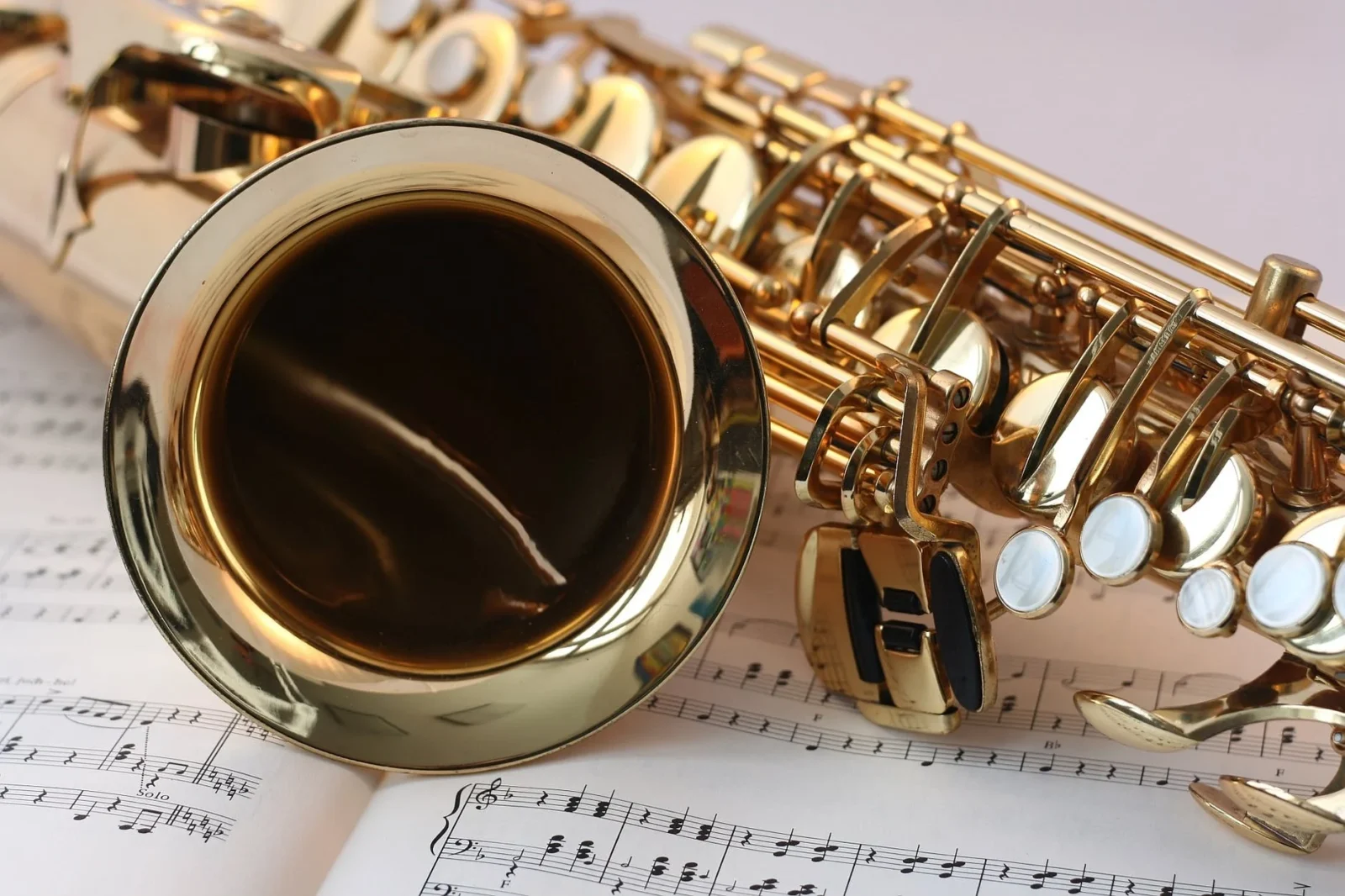
Along with the correct mouth placement, endurance is also necessary to embouchure with brass instruments. It enables you to play for an extended amount of time without losing your breath or composure.
Buzzing
Start with making buzzing sounds with just your lips to familiarize yourself with the placement shape your mouth produces. This will help increase the accuracy and control while playing. Then add the mouthpiece, and finally the brass instrument itself.
It is crucial to make the buzz from your lips and not your tongue as it not only produces a nasty tone but also forces the player to take premature breaths.
Posture Control
Along with your mouth, your entire body also needs to be in the correct posture to deliver with the perfect embouchure. Whether you play while sitting or standing, your back needs to be straight so you can take longer and deeper breaths.
Pressure Control
Unconsciously, many players increase the pressure between the mouthpiece and their lips by holding it closer to them while playing higher notes. This not only creates bruises and makes their mouth sore but also decreases lip vibrations.
To play high notes without injuring yourself, you can take faster breaths of air to compensate for the notes or make your embouchure smaller.
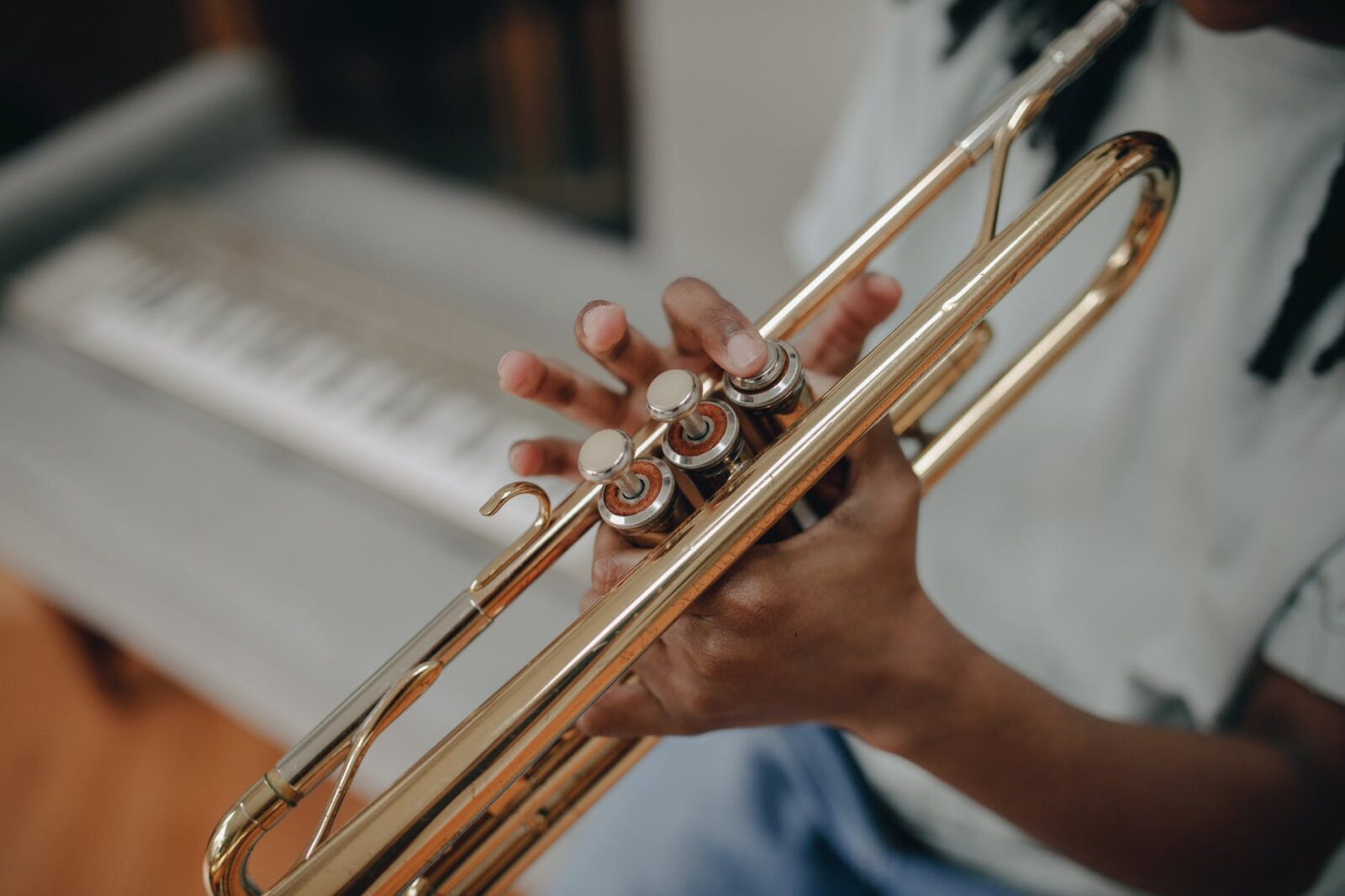
Embouchure tips for brass instrument players
-
Fix the corners of the mouth
Mouth corner is known to be the region where your lower and upper lips meet. You need to make sure that the corners of your mouth are strong or firm. To do this you can take a pencil and try to hold it in your mouth without using your hands. This exercise will help in fixing your mouth corners.
-
Correct placing of mouthpiece on your lips
Whenever you play any brass mouthpiece, it is essential to place it correctly on your lips. Usually, the best way to do this is to place the bottom of the instrument on the lower lip. It is another important step that every one of the brass instrument players should follow.
-
Develop your range
Be cautious while you are playing brass instruments with others, particularly with regards to the pitch. Assuming you continually need to make up for the inaccurate pitch by, for instance, pulling the mouthpiece nearer to your lips, this basically makes your lips sore (torment), and won’t make them more firm.
Assuming you drive the mouthpiece somewhat away from your lips, this can ultimately foster your embouchure and hit those high notes. Whenever you have mastered these high notes the facial muscles around your mouth will feel tired after the practice, and this is a decent sign that they need rest and the following day they will become strong again.
-
Breath properly
It is not possible for a person to play brass mouthpieces without breathing properly. Ensure that you take a deep breath before starting to play the instrument. It should be similar to the deep breath that one takes before jumping into the sea for diving. You can also watch yourself in the mirror to monitor if you are breathing in a proper manner or not. Also keep in mind that your shoulders should not move up and down while you are taking a breath.
-
Blowing out
After you have filled your lungs with a relaxing breath, it is time to blow it out in your brass instrument. It will create vibration in your lips. Without blowing out properly, you won’t be able to produce good sounds with your instrument. Breathing and blowing is not a challenging task to do. But you need to practice it daily for better results.
Conclusion
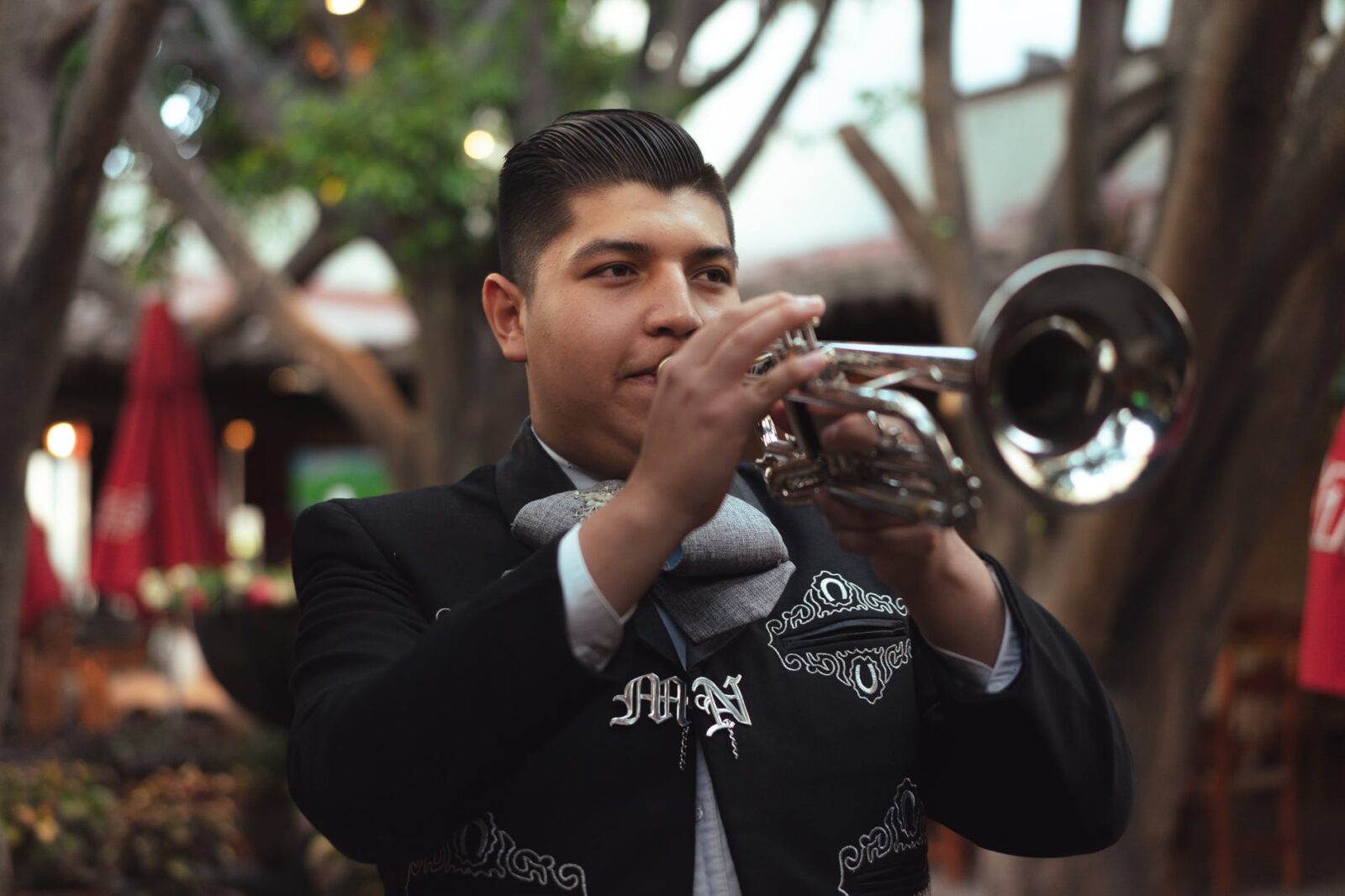
Playing brass instruments is a difficult choice to make as it takes up a lot of physical and mental energy, although, in the long run, all your sweat proves to be worthy when you can produce silky melodies straight from your mouth.
Practicing and learning the correct embouchure is crucial. Even though your placement and movements appear to be accurate, one wrong move could result in a bad habit that is difficult to break and an exhausted mouth.
















